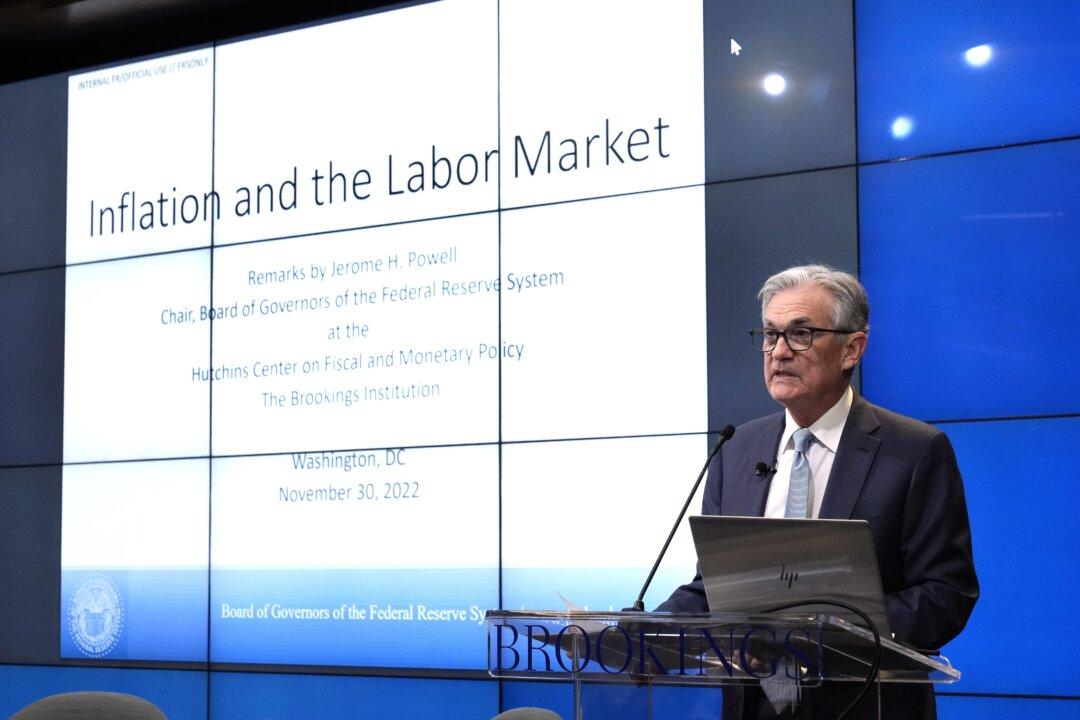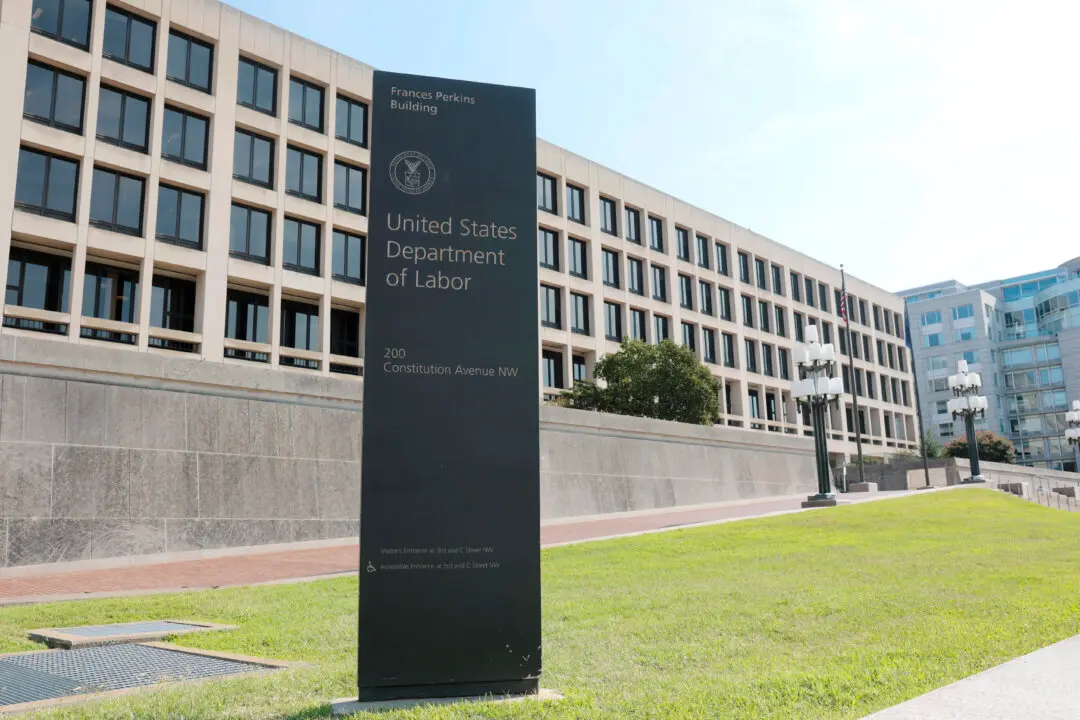Commentary
Stagflation is the combination of slow or falling economic output plus high inflation. For nearly two years, we’ve been stuck in this pattern and it still feels confusing. Prices for many items such as cars and homes have whipsawed around in strange ways, up one month and down the next, only to repeat the pattern.





